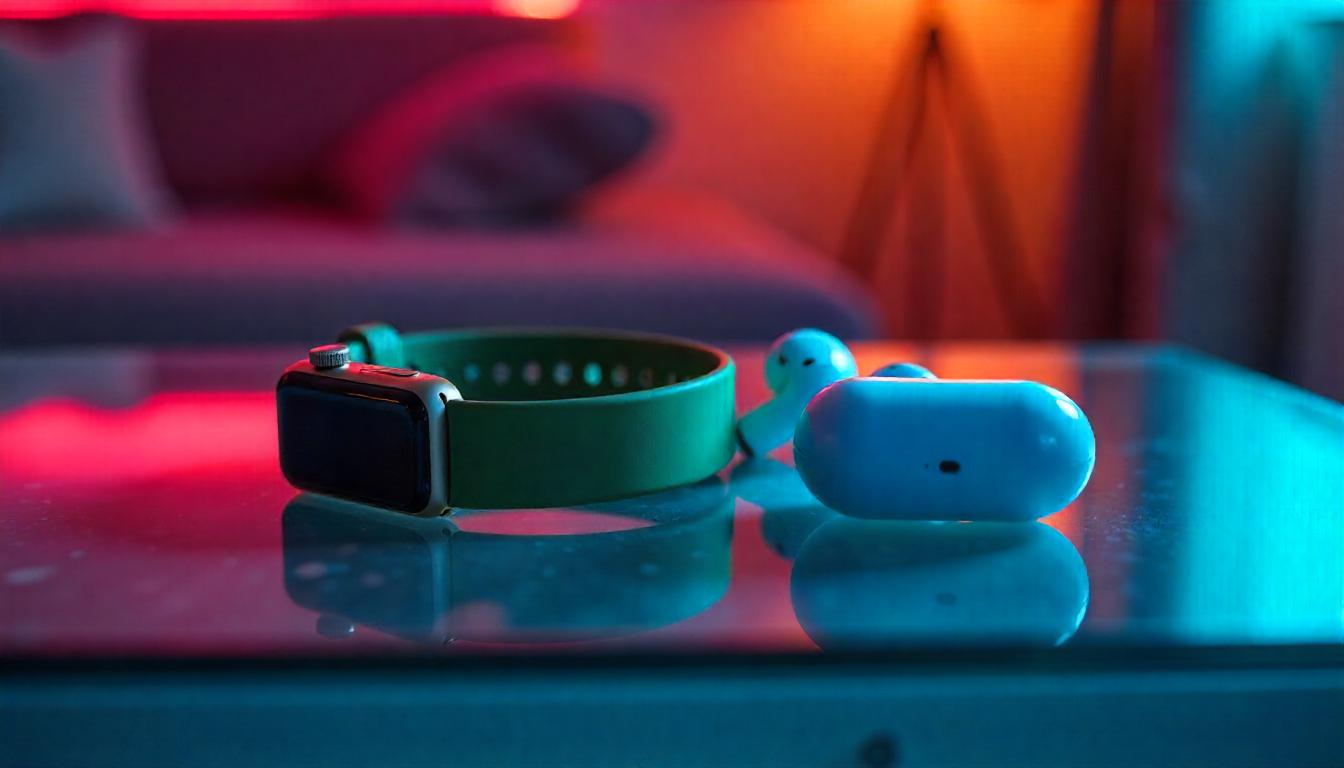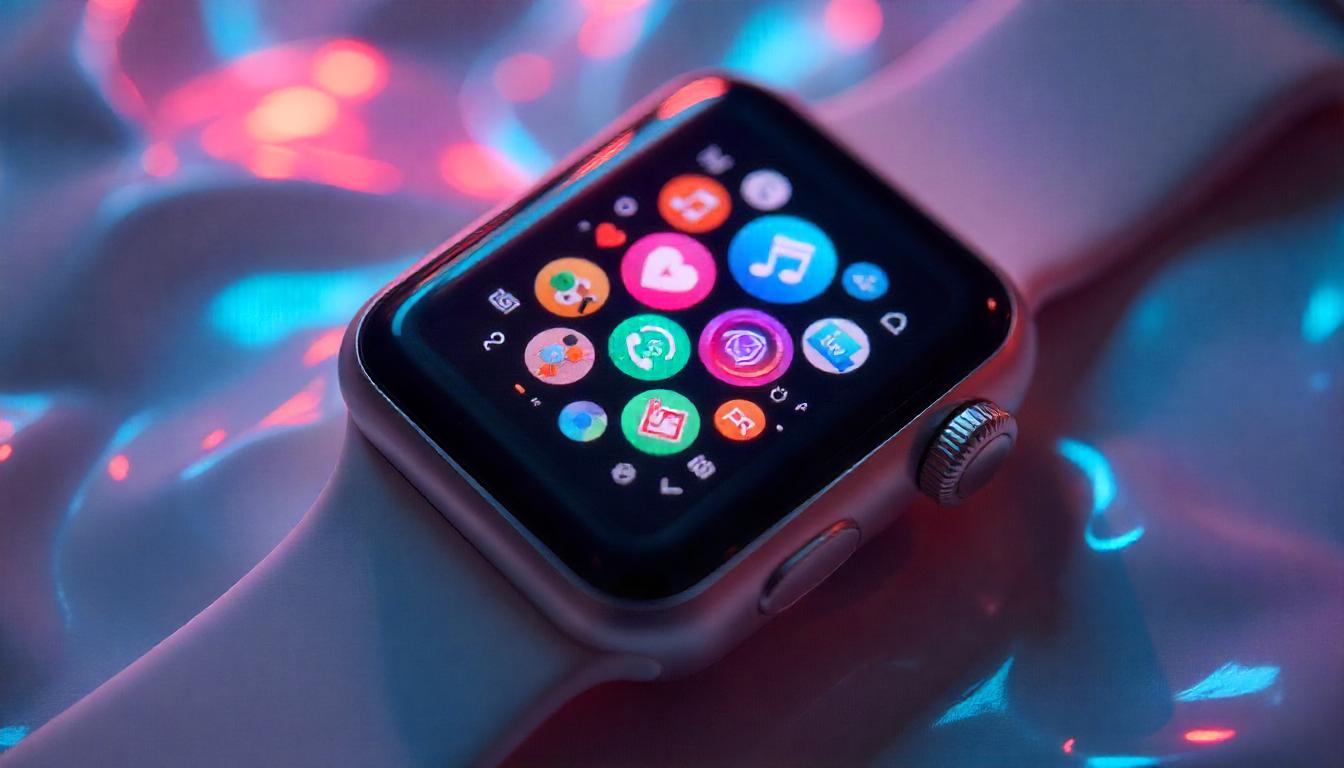Wearable technology is one of those concepts that has slowly crept into our lives until, before we knew it, it was everywhere. If you glance around in public, chances are you’ll see someone with a sleek smart wristwatch on his hand or maybe earbuds that also serve as a fitness monitor or even a sleep quartering ring on the fingers.
We don’t feel it is over statement when we say the wearable tech has revolutionized the way we work, live and even take care of ourselves. But what is so exciting about these gadgets? And what made them to gain such a huge popularity?
In this article, we will look into the understanding of wearable technology and how it becomes the solution of many people around the globe.
What Exactly Is Wearable Technology?
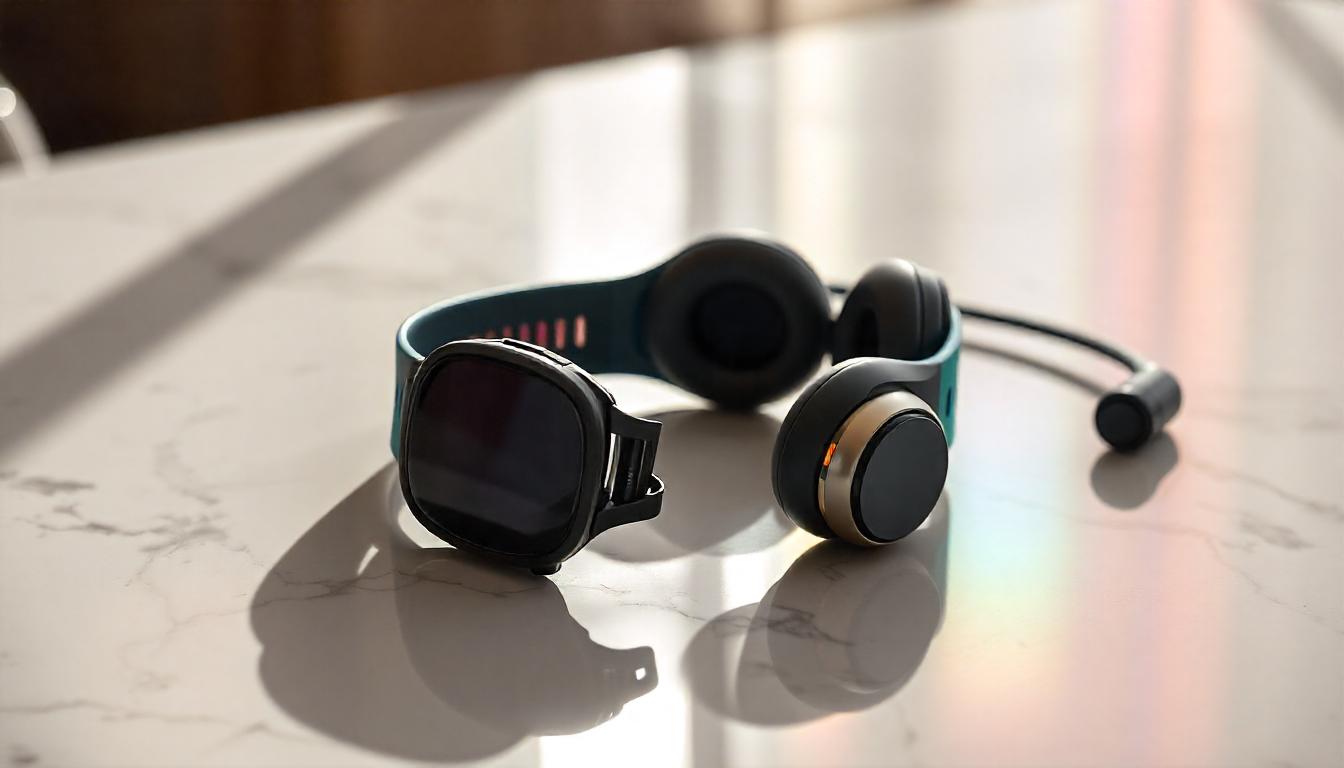
Wearable technology is regarded as a broad classification of devices that are supposed to be put on the body.
These devices are created to assist individuals technologically while easily becoming a part of their everyday routine.
These devices may be miniaturised computers or sensors or even finger/sugar monitoring tools that attach to the wrist or shoulder.
The essence however is that wearable devices are aimed at making life easier, or recording data, or simply improving usability in aspects like health fitness, communication and even entertainment.
The genesis of wearable technology started off with pedometers and heart rate monitors barely anyone would even want to wear.
The world has come a long time since then, and so has technology. You are now able to wear devices that are not only easy on the eye but important enough to wear everywhere, with features one would only associate with a smartphone or more.
Why Are We So Obsessed with Wearables?
It is safe to say that wearable technology offers a perfect balance of efficiency and cutting-edge technology. First of all, It is super easy to use.
There is no need to use your phone. Now I just want to check a notification and my smartwatch does it better. It is impossible to customize it as you would like to but instead it does the work for you – monitoring heart rates, step counting or other fitness tasks.
And speaking of fitness, these devices seem to be a perfect fit for you, as they align with everything that you need – sleeping patterns, exercise routines, and how many messages you send an hour – and all this is at your fingertips.
And it is also really cool to wear, let’s be honest if you raised your wrist to answer a phone call those around you would be amazed.
Exploring Different Types of Wearable Tech
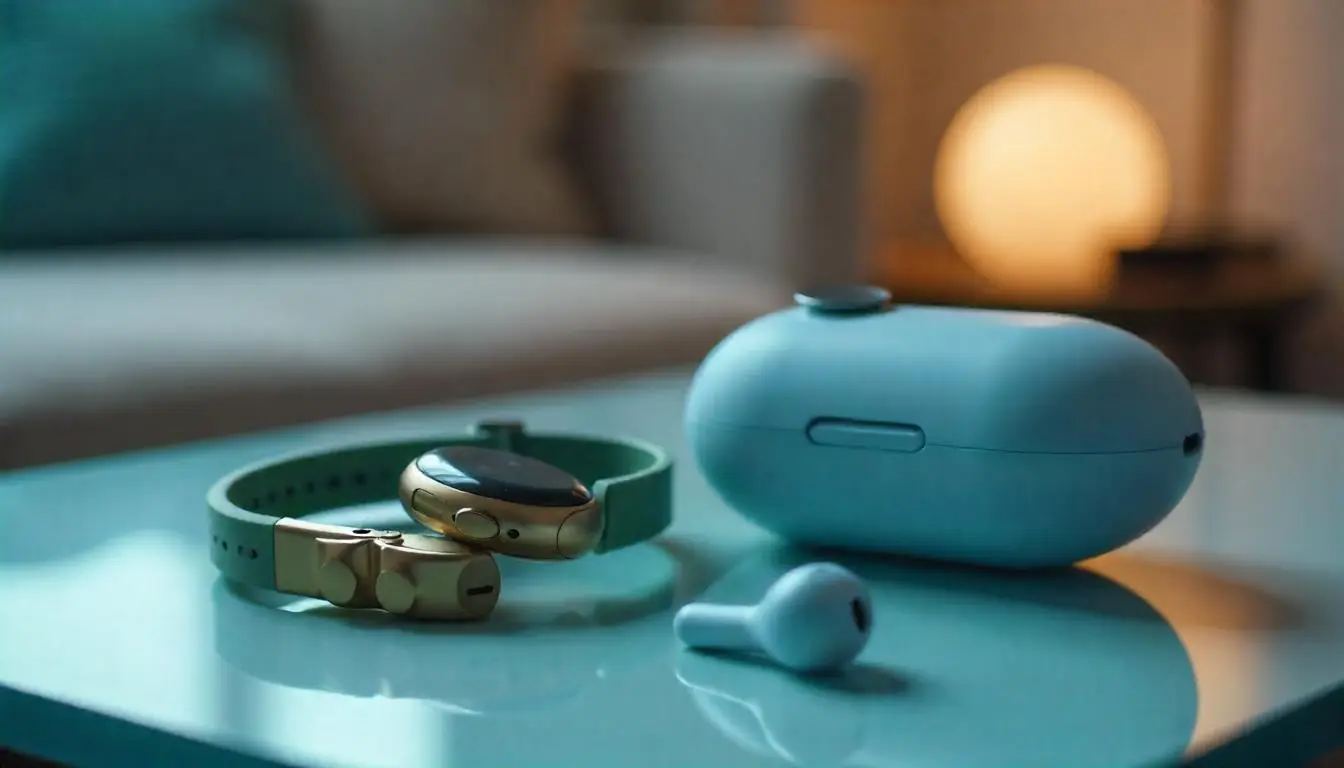
Many of us easily associate smartwatches as a prime example of a wearable device. But the diversity of accelerometers, sensors and e-textiles is something else.
Wearable technology has brought forth a revolution over the past decade. From sleep coach rings and AR glasses to revolutionizing our smartphones, there are a multitude of devices that have only gotten better and bolder. But today let’s delve more into such innovations and assess their impact.
The Smartwatch Revolution
Although smartwatches started off as basic fitness tracking devices and now serve as advanced mini-computers or more likely for entertainment or communication purposes, it is shocking that they have been neglected in terms of big picture wearable revolution.
There are a plethora of devices that have come out in the market and seeking attention, however, in today’s world setting aside the smartwatch as a more advanced fitness tracker is not an option.
As an example consider the Apple Watch, when fitted into a wrist, requires no smartphones to monitor blood oxygen levels, falls, or the wearer’s ECG.
There are plenty of alternatives to Apple, like Garmin and Samsung. Whether you’re watching TV, Fitbit or Garmin is purely the way to work out, as it allows you to switch roles. In this regard, it’s worth trying smartwatches.
Fitness Trackers and Health Monitors
Standalone wrist watches have indeed taken over the fitness watch market but there is still room for stand-alone fitness trackers.
Consider devices like the Fitbit or the Whoop, which are small and lightweight bands used to monitor physical activities, sleep and even health for that matter.
What is striking about fitness tracking devices is the easiness of use.
They are ideal for people who would rather not jump into the hassle of managing notifications or apps on their wrists. You wear it, and it goes about collecting all the data regarding your day to day activities, sometimes even helping you ditch the wristband completely like the Oura Ring does. These devices are great for those who want to know their statistics while remaining undisturbed.
Smart Glasses: Sci-Fi Meets Real Life
Smart watches may be close to being the order of the day, but smart glasses feel like they are the next big thing. Smart glasses are believed to be able to incorporate AR which portrays a real-life scenario but in more of a personalized perspective allowing people to have contextual AR.
Have you ever imagined putting on a pair of glasses that can give you directions without the need of turning your head, or you have a virtual meeting from home and the attendants appear as holograms, because if you have then you are not far from that reality.
Sounds unreal treat. But with time and rapid modernization, maybe that might not be such a farfetched dream.
While it was a little ahead of its time, Google Glass did make an early try at this.
Today however, Meta and Snap are looking into AR glasses that feel more like a part of you than just a device attached to your head.
While the adoption rate isn’t as high as other wearables, the potential for smart glasses is massive, especially in fields like gaming, education, and even remote work.
Hearables: The Earbud Evolution
Wearable technology doesn’t stop at the wrist or face—it’s in our ears too. Hearables, like Apple AirPods or Bose SoundSport, started as wireless earphones but have evolved into so much more. They now offer features like active noise cancellation, voice assistants, and even health monitoring.
One exciting development in hearables is their ability to track biometrics. Some devices can measure heart rate through your ears or monitor environmental noise levels to protect your hearing.
And let’s not overlook their role in accessibility; for people with hearing impairments, devices like hearing aids with smart features are life-changing.
Clothing and Accessories That Think
The idea of tech-infused clothing might sound far-fetched, but it’s already happening. Smart textiles are garments embedded with sensors that can monitor your body’s performance or environmental conditions. Athletes use these to optimize their workouts, while medical professionals explore them for patient monitoring.
Nike, for instance, has developed shoes with self-lacing technology (channeling serious “Back to the Future” vibes), and companies like Hexoskin offer shirts that track heart rate and breathing patterns.
Even accessories such as jewelry are making a transition into the tech world. Rings and bracelets today have the capacity to keep track of sleeping patterns, monitor the levels of stress or provide the function of cashless payments.
The Good, the Bad, and the Complicated
What wearable technology seems to offer is a plethora of benefits. However, they have their own controversies, on the bright side however, these devices have allowed users to take matters of their health and productivity into their own hands, something which was not the case before.
Ever wondered how many calories you burned during that hike. Or if you’re getting enough REM sleep? The answer lies with wearables.
However, they have their shortcomings.
Privacy is one significant issue. These devices seem to capture everything from your exact position to what you had to eat. Who can access this data? What is its purpose? These are questions that consumers and developers of such devices are still figuring out.
Moreover affordability seems to be an issue. Although the wearable tech has become cheaper, the more advanced gadgets are still on the expensive side. And so it creates a gap for those who would gain the greatest benefit such as people living with chronic illnesses.
How Wearables Are Reshaping Our Lives
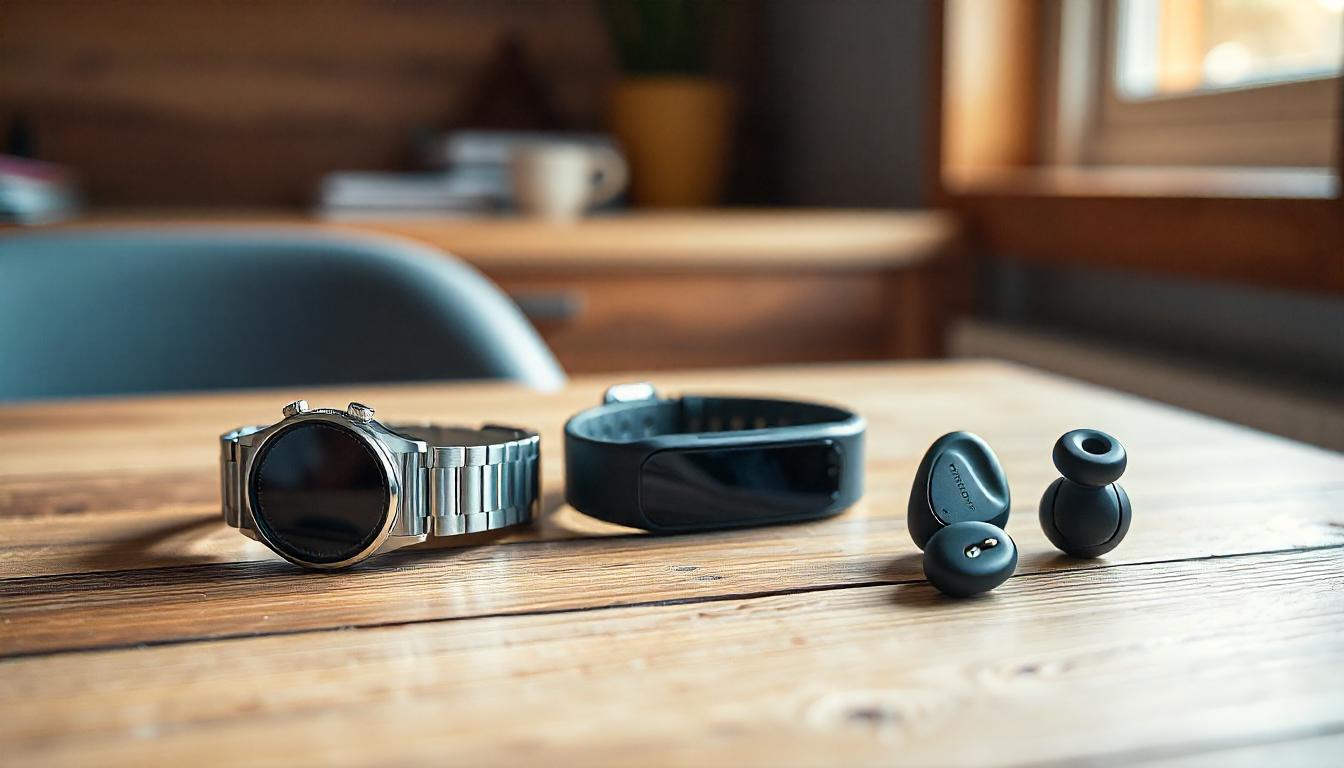
Notably, the most interesting aspect of wearable technology is the fact that it is starting to encroach into our daily lives. In fitness, they have transformed the rhetoric from vague targets to tailored analytics. Working out doesn’t mean just “doing more exercise” anymore, you have devices that can help plan your workout regimen based on heart rate variability or recovery duration.
In medical care, however, wearing the technology has become a lifesaver. Smart watches, for instance, have been crucial in reminding users of abnormal heartbeats and have prompted users to visit medical practitioners.
And at the time of global pandemic of COVID19, wearable sensors were investigated as a possible means for the early signs detection of illness.
Even at work, the wearables are having an impact. Smart glasses are deployed in fields like production and transportation to allow users to read documents without using their hands and even to improve efficiency and safety. And now, even the office workers are using wearables devices that tell them when to get up and move, stretch, or change their sitting posture.
The Future of Wearable Tech
Going by the present trends, it can be asserted that wearable technology is only beginning to develop. The emphasis is now on an integrated network of inter-related devices instead of independent devices. Very soon your smartwatch, hearables together with AR glasses will operate in unison thus creating tremendous new methods of interfacing with the surrounding.
We can also expect to see further developments in the health care sector of which their wearable technology will probably stand out the most.
Just picture a future where devices are not only able to measure the health status of a person but also be able to control aspects of it. For instance, a diabetic patient may, by the use of such a device, be able to automatically control his insulin levels. The range of things these devices could do is both exhilarating and infinite.
Conclusion: Embracing the Wearable Revolution
Wearable technology has come a long way, from being restricted to only a certain section of the population to becoming a necessity for millions in an average day.
Be it a smartwatch that keeps you on time or a fitness tracker that motivates you, or even smart glasses that may be a reality in times to come, these devices are changing the way people live, work and take care of themselves.
But with the changing times, it’s essential to stay prepared for the challenges that surrounds this new age. The right to privacy, how affordable such technologies would be, and how much technology can a person consume, are some of the challenges that would need attention.
However, for the ones who are ready to explore, wearable technology is a perfect combination of creativity and practicality.
The next time you get to time with the help of your smart watch or turn on your smart earbuds, tell yourself the amount of gap that humanity has crossed, and the amount still it has to cross, because this is exactly the new age, the new age to wear.












